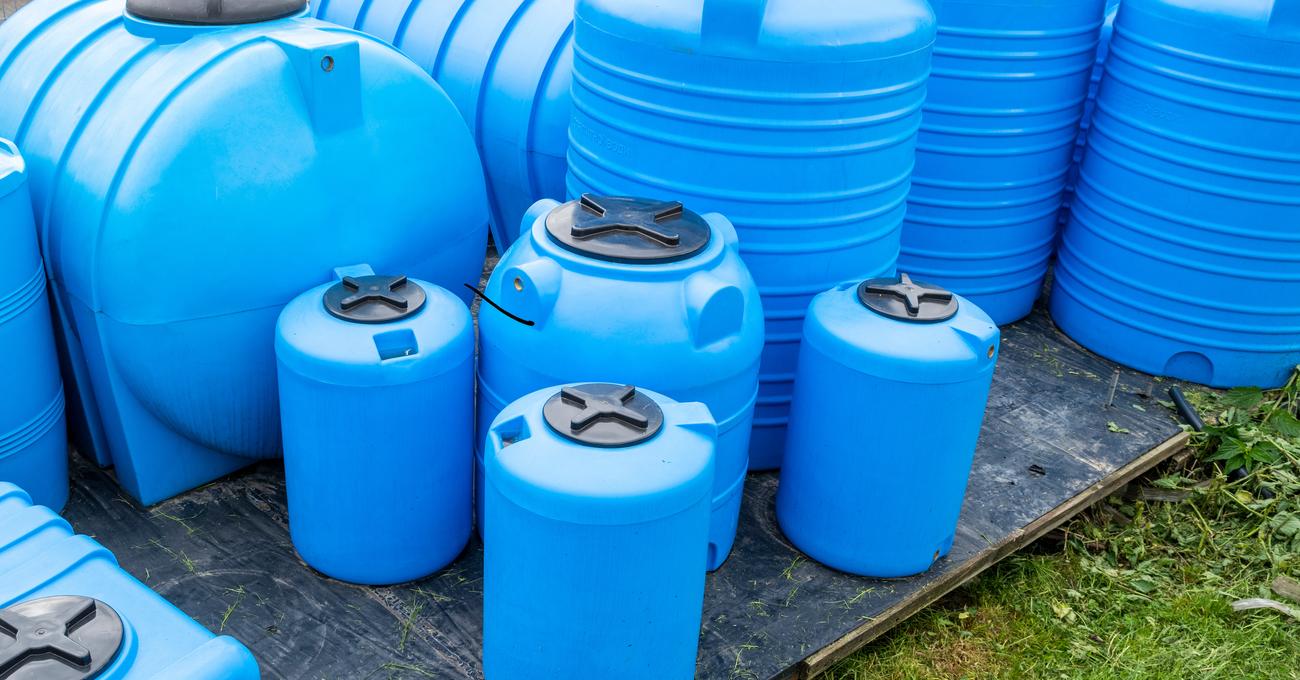

Articles
How To Store Water For Emergencies
Modified: October 27, 2024
Learn how to store water for emergencies with these informative articles. Find tips and techniques to ensure you are prepared for any situation.
(Many of the links in this article redirect to a specific reviewed product. Your purchase of these products through affiliate links helps to generate commission for Storables.com, at no extra cost. Learn more)
Introduction
In times of emergencies, access to clean and safe drinking water becomes a top priority. Whether it’s a natural disaster, power outage, or a water supply interruption, having a sufficient supply of stored water can make a significant difference in the well-being and survival of individuals and communities. Understanding the importance of storing water for emergencies and knowing how to properly store and treat it can help ensure you and your loved ones have access to a reliable water source during challenging times.
When disaster strikes, local water sources may become contaminated or inaccessible, making it essential to have a backup supply of water. Water is a basic necessity for hydration, cooking, and maintaining proper hygiene, so having an adequate reserve can protect against dehydration, waterborne diseases, and other health risks.
It is recommended to store at least a three-day supply of water per person, but having a two-week supply is even better. This will not only meet the immediate needs of individuals, but also allow for contingencies while waiting for assistance or the restoration of normal services. By being prepared with stored water, you can alleviate stress, ensure the well-being of your family, and potentially help others in need.
Key Takeaways:
- Properly storing water for emergencies is crucial for survival. Calculate the right amount, choose FDA-approved containers, and regularly treat and replenish your water supply to ensure safety and readiness.
- Storing water for emergencies provides peace of mind and self-reliance. By understanding the importance, selecting suitable containers, and purifying the water, you can ensure a reliable source of clean water during challenging times.
Read more: How To Store Water For Emergency
Importance of Storing Water for Emergencies
When a disaster strikes or an emergency situation occurs, access to clean and safe drinking water is often compromised. Municipal water supplies can be disrupted, wells may become contaminated, and natural water sources may be polluted. This is where the importance of storing water for emergencies becomes evident.
Water is an essential resource for survival. The human body can only survive a few days without water, making it a top priority in any emergency preparedness plan. Having a sufficient supply of stored water ensures that you and your loved ones have access to a reliable source of hydration, cooking, and sanitation, even when external water sources are compromised.
During emergencies, clean drinking water may be scarce or completely unavailable. Bottled water supplies can run out quickly or become difficult to purchase during high-demand situations. By having your own supply of stored water, you can circumvent these issues and ensure that you have enough to sustain your needs.
Furthermore, emergencies can lead to situations where water may become contaminated. Flooding, broken pipes, and infrastructure damage can introduce harmful pollutants and bacteria into water sources. Consuming contaminated water can lead to serious illnesses and other health risks. By storing water for emergencies, you can safeguard against these potential dangers by ensuring you have a clean and safe water supply until normal services can be restored.
Storing water also provides a sense of self-reliance and peace of mind during times of uncertainty. In the midst of an emergency, you may not have the luxury of time or resources to locate and purify water sources. Having a stocked supply of water readily available allows you to focus on other critical tasks and responsibilities without the added stress of water scarcity.
Lastly, storing water for emergencies not only benefits you and your family but also allows you to extend a helping hand to others in need. In times of crisis, your stored water supply can be shared with neighbors, friends, or even emergency responders who may be working tirelessly to provide relief and aid. By being prepared, you can make a significant impact on the well-being and survival of those around you.
How Much Water to Store
When it comes to storing water for emergencies, it is important to determine the appropriate amount to store. The general rule of thumb is to have a minimum of one gallon (3.8 liters) of water per person per day. This amount is meant to cover essential drinking, cooking, and hygiene needs. However, it is advisable to store additional water for contingencies or if you anticipate a longer duration without access to clean water.
Consider the following factors when determining how much water to store:
- Number of people: Calculate the number of people in your household and multiply it by the daily consumption rate of one gallon per person. For example, a family of four would need a minimum of four gallons of water per day.
- Duration of the emergency: Assess the potential length of time you might be without access to clean water. It is recommended to store at least a three-day supply, but having a two-week supply is even better. This allows for unexpected delays in water restoration or assistance.
- Specific needs: Consider any specific needs of individuals in your household, such as infants, elderly, or individuals with medical conditions that require additional water for hydration or hygiene purposes.
- Climate: Take into account the climate of your area. In hot and arid regions, people may require more water for hydration due to increased perspiration.
- Pets: If you have pets, make sure to account for their water needs as well. Plan for an additional one gallon per pet per day.
It’s important to regularly assess and update your water storage supplies to ensure they meet the needs of your household. Consider the size and type of containers you will be using for storage, as well as available storage space. Remember, it is better to err on the side of caution and have more water stored than you think you may need.
Having a sufficient supply of water during emergencies is crucial for maintaining health and well-being. By carefully calculating the amount of water needed and storing an appropriate quantity, you can be better prepared for unforeseen circumstances and ensure that you have enough water to sustain yourself and your loved ones.
Containers for Storing Water
Choosing the right containers for storing water during emergencies is crucial to maintain its quality and safety. The containers should be durable, clean, and specifically designed for long-term water storage. Here are some key considerations when selecting containers for storing water:
- FDA-approved containers: Look for containers that are made from food-grade materials and are approved by the Food and Drug Administration (FDA). These containers are designed to ensure that no harmful chemicals or substances leach into the water.
- Capacity: Select containers that can hold the desired amount of stored water. It is recommended to have containers with a minimum capacity of one gallon per person per day. Opt for larger containers to minimize the number of containers needed and maximize storage space efficiency.
- Tight-sealing lids: The containers should have tight-sealing lids to prevent contamination and maintain the quality of the stored water. This also helps to prevent leakage and spills during storage and transportation.
- Durable construction: Choose containers that are sturdy and resistant to impact, scratches, and UV light. This will ensure the integrity of the container over time and prevent any damage that could compromise the quality of the stored water.
- Transparency: Opt for containers that are transparent or translucent. This allows for easy monitoring of water levels and allows you to quickly identify any signs of contamination or sedimentation.
- Stackability: Consider containers that are designed to be stackable. This will help optimize storage space and make organizing and accessing your water supply more convenient.
- Accessories: Look for containers that come with accessories like spigots or taps for easy dispensing. This can be particularly useful when accessing water for cooking or hygiene purposes.
- Cleanliness: Before using any containers for water storage, thoroughly clean them with mild dish soap and water. Rinse them well to remove any residue. This will help ensure that the water remains free from contaminants.
Purchase containers specifically designed for water storage from reputable sources, such as camping supply stores or emergency preparedness retailers. Avoid using containers that previously held chemicals or substances that could contaminate the water. Additionally, never use containers that are not intended for long-term water storage, such as milk jugs or cartons, as they may degrade and release harmful compounds into the water.
Remember to label your water storage containers with the date of storage and regularly rotate and replace the water to maintain its freshness. By carefully selecting the right containers and properly maintaining them, you can ensure that your stored water remains clean and safe for consumption during emergencies.
Store water in clean, airtight containers, such as plastic bottles or jugs, and keep them in a cool, dark place. Rotate the water every 6 months to ensure freshness.
Purifying and Treating Stored Water
While storing water is vital for emergencies, it is equally important to ensure that the stored water is clean and safe for consumption. Even if you store water in clean containers, there can still be a risk of contamination over time. Therefore, it’s crucial to know how to purify and treat stored water to keep it free from harmful bacteria, viruses, and other pathogens. Here are some methods for purifying and treating stored water:
- Boiling: Boiling water is one of the most effective methods to kill pathogens and make water safe to drink. Bring the water to a rolling boil and let it boil for at least one minute (or three minutes at higher altitudes) to ensure all microorganisms are destroyed. Let the water cool before consuming.
- Water purification tablets: Water purification tablets contain chemicals, such as chlorine or iodine, that can kill bacteria and viruses in water. Follow the instructions provided with the tablets for proper usage and duration. It’s important to note that these tablets may leave a taste or odor in the water.
- Water filters: Portable water filters, such as those with activated carbon or ceramic filters, can remove particles, sediment, and some bacteria from water. However, they may not be effective against viruses. Check the specifications of the water filter to determine its capabilities and ensure it is suitable for your needs.
- Ultraviolet (UV) light treatment: UV light can effectively kill bacteria, viruses, and other pathogens in water. Portable UV light devices are available that can be used to treat stored water. Follow the manufacturer’s instructions to ensure proper usage and treatment duration.
- Chemical disinfection: Chlorine bleach or iodine can be used to disinfect stored water. Use unscented chlorine bleach and follow the guidelines for disinfection provided by the Centers for Disease Control and Prevention (CDC) or other trusted sources. Generally, you can add a specific amount of bleach per gallon of water, mix well, and let it stand for at least 30 minutes before consuming.
It’s important to note that these purification and treatment methods may not eliminate chemical contaminants or remove heavy metals from the water. Storing water from a reliable, clean source initially will minimize the risk of chemical contamination. If you suspect chemical contamination or if the quality of the stored water has changed, seek guidance from local authorities or health professionals.
Regularly check the stored water for any signs of contamination, such as cloudiness, foul odor, or unusual taste. If any changes are detected, it’s best to err on the side of caution and purify or treat the water before consumption. Rotate and replace your stored water supply regularly to ensure freshness and quality.
By purifying and treating stored water, you can maintain a reliable and safe water supply during emergencies, protecting yourself and your family from potential waterborne illnesses.
Read more: How To Store Food For Emergency
Tips for Storing Water Safely
Properly storing water for emergencies is crucial to ensure its safety and quality. Here are some important tips to keep in mind when storing water:
- Choose an appropriate storage location: Find a cool, dark, and dry location to store your water containers. Direct sunlight can degrade the containers and promote the growth of algae or bacteria. Avoid storing water near chemicals, gasoline, or other potentially hazardous materials.
- Keep containers off the ground: Place your water storage containers on pallets, shelves, or raised surfaces to prevent them from coming into contact with the floor. This helps to avoid any potential contamination from spills or dirt.
- Regularly inspect your water storage: Check the containers regularly for any signs of damage or leakage. Make sure the lids are tightly sealed and there are no visible cracks in the containers. Replace any damaged or compromised containers immediately.
- Label and date your water containers: Clearly label each container with the date of storage and the amount of water it holds. This will help you keep track of the water’s freshness and ensure proper rotation.
- Rotate and replenish your water supply: It is advisable to replace your stored water every six months to ensure its freshness and quality. Use the old water for non-potable purposes, such as watering plants or cleaning.
- Maintain good hygiene: Before handling your stored water or accessing it, wash your hands thoroughly. This helps prevent any contaminants from getting into the water supply.
- Store water treatment products: Keep a supply of water purification tablets, bleach, or other water treatment products alongside your water storage. These will come in handy if the stored water needs additional treatment or disinfection during an emergency.
- Communicate your water storage plan: Inform other household members or family members about the location and status of the stored water. This ensures that everyone is aware of the emergency water supply and how to access it if needed.
- Educate yourself on water storage guidelines: Stay informed about local guidelines and recommendations for water storage and emergency preparedness. Different regions may have specific instructions and recommendations based on local conditions and risks.
By following these tips, you can ensure the safety and readiness of your stored water supply. Proper storage techniques will help maintain the quality of the water and provide you with a reliable source during emergencies when access to clean water may be limited.
Rotating and Replenishing Stored Water
While it is essential to store water for emergencies, it is equally important to regularly rotate and replenish your water supply to ensure its freshness, quality, and readiness. Here are some key tips for rotating and replenishing your stored water:
- Establish a rotation schedule: Set a reminder to rotate your water supply every six months. This will help ensure that the water remains fresh and free from any potential contamination.
- Use and replace first-in, first-out: When accessing water for daily use or emergencies, always use the oldest water first. Use the stored water in your everyday activities, such as cooking, cleaning, or watering plants, and replace it with fresh water.
- Monitor for signs of spoilage: Regularly inspect your stored water for any signs of spoilage. Look for cloudiness, unusual odor, or an off-taste. If you notice any of these indications, discard the water and replenish your supply with fresh water.
- Reuse old water: Consider using the older stored water for non-potable purposes, such as cleaning, flushing toilets, or watering plants. This way, you can make the most of the water while ensuring that only fresh water is used for drinking and cooking.
- Inspect storage containers: When rotating your water supply, thoroughly inspect the containers for any damage or signs of degradation. Replace any containers that are compromised or no longer in good condition to prevent leakage or contamination.
- Maintain proper sanitation: Ensure that the storage containers and the area where the water is stored are clean and free from any potential contaminants. Regularly clean the containers with mild dish soap and water, rinse them well, and allow them to air dry before refilling.
- Consider treating stored water: If you have any concerns about the quality of the stored water, it is advisable to treat it before consuming. Boiling, using water purification tablets, or employing other disinfection methods can further enhance the safety of the stored water.
- Keep an emergency water supply: While rotating and replenishing your stored water, always ensure that you have an adequate emergency supply readily available. Aim to maintain a minimum of a three-day supply of water per person, with a preferable target of two weeks or more.
- Stay informed about water storage guidelines: Keep up-to-date with any local guidelines or recommendations regarding water storage and emergency preparedness. Stay informed about any changes or specific instructions related to water storage duration, treatment methods, or storage container recommendations.
Regularly rotating and replenishing your stored water supply is essential for maintaining its effectiveness and reliability during emergencies. By following these tips, you can ensure that your stored water remains fresh, safe, and ready to use whenever the need arises.
Conclusion
Storing water for emergencies is a vital aspect of emergency preparedness. Having a reliable supply of clean and safe water can ensure the well-being and survival of individuals and communities during challenging times. By understanding the importance of storing water and implementing proper storage and treatment methods, you can be better prepared for unforeseen circumstances where access to clean water may be limited.
Throughout this article, we have highlighted the significance of storing water, determining the appropriate quantity, selecting suitable containers, and purifying and treating stored water to maintain its quality. We have also provided tips for safely storing, rotating, and replenishing your water supply. These guidelines will help you effectively secure and maintain a reliable source of water when it matters the most.
Remember, emergencies can happen unexpectedly, and access to clean water may be compromised. By taking the necessary steps to store and safeguard your water supply, you are investing in your family’s welfare and providing yourself with peace of mind during challenging circumstances.
Stay informed about local guidelines and recommendations, educate your family members about your water storage plan, and regularly assess and update your water supply. With adequate preparation and knowledge, you can ensure the availability of safe drinking water for you and your loved ones, making a significant difference in times of emergencies.
Whether it’s a natural disaster, power outage, or water supply interruption, having a stored water supply can provide a sense of security and readiness. Take action today to store water for emergencies and be prepared for whatever challenges lie ahead.
Frequently Asked Questions about How To Store Water For Emergencies
Was this page helpful?
At Storables.com, we guarantee accurate and reliable information. Our content, validated by Expert Board Contributors, is crafted following stringent Editorial Policies. We're committed to providing you with well-researched, expert-backed insights for all your informational needs.
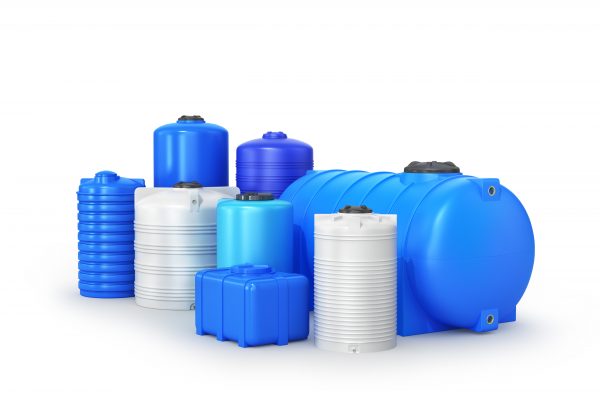
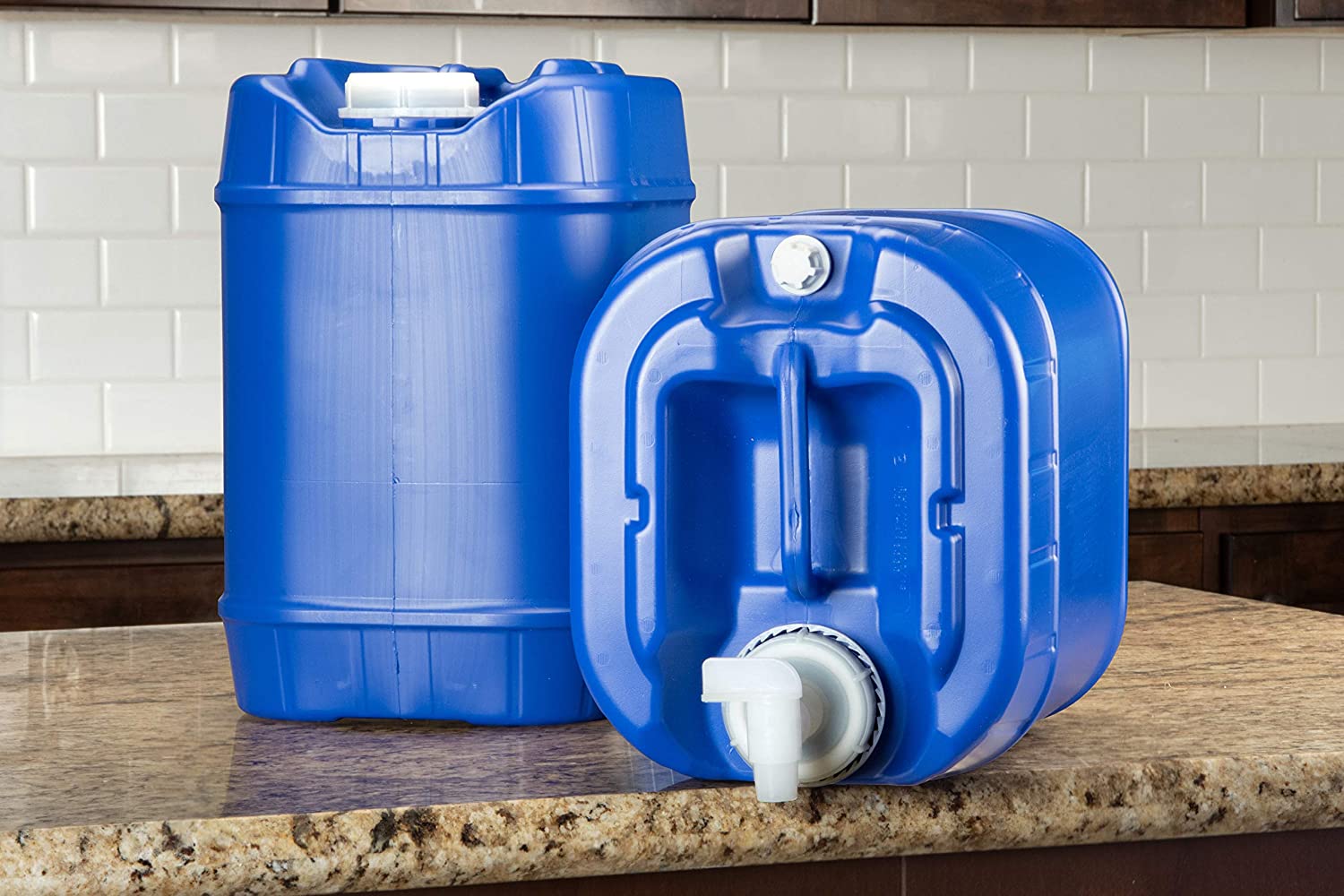
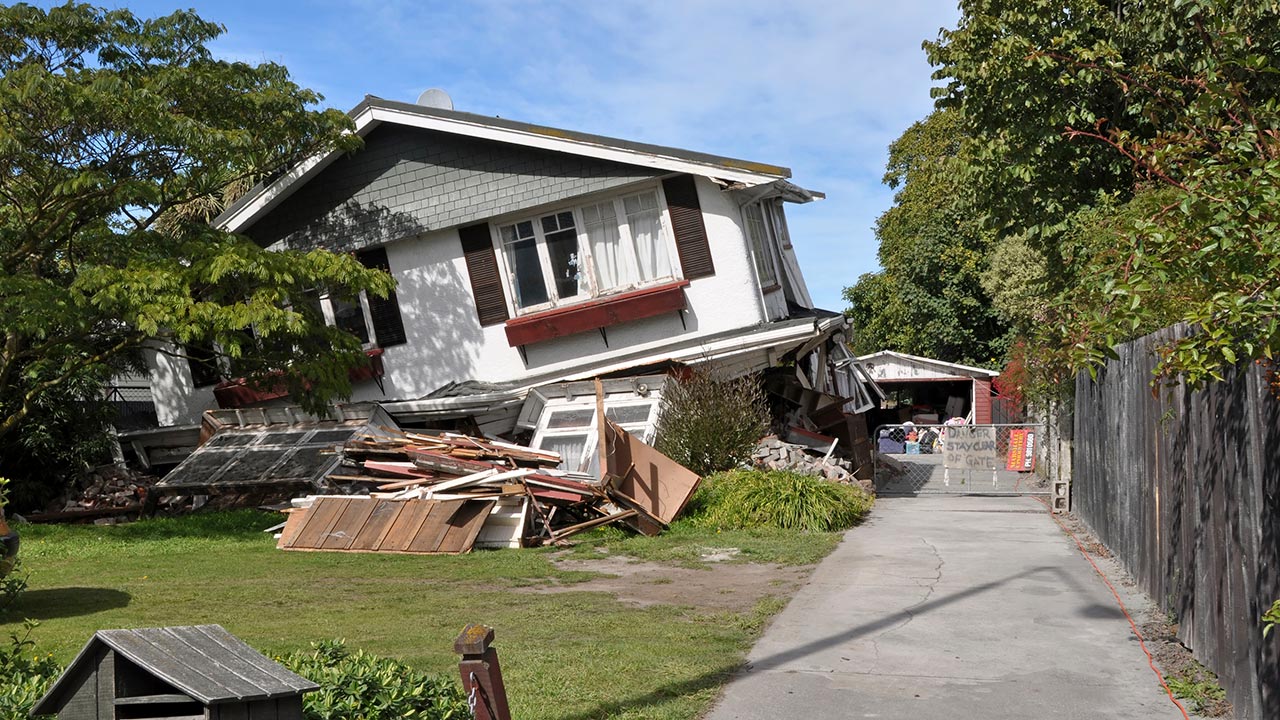
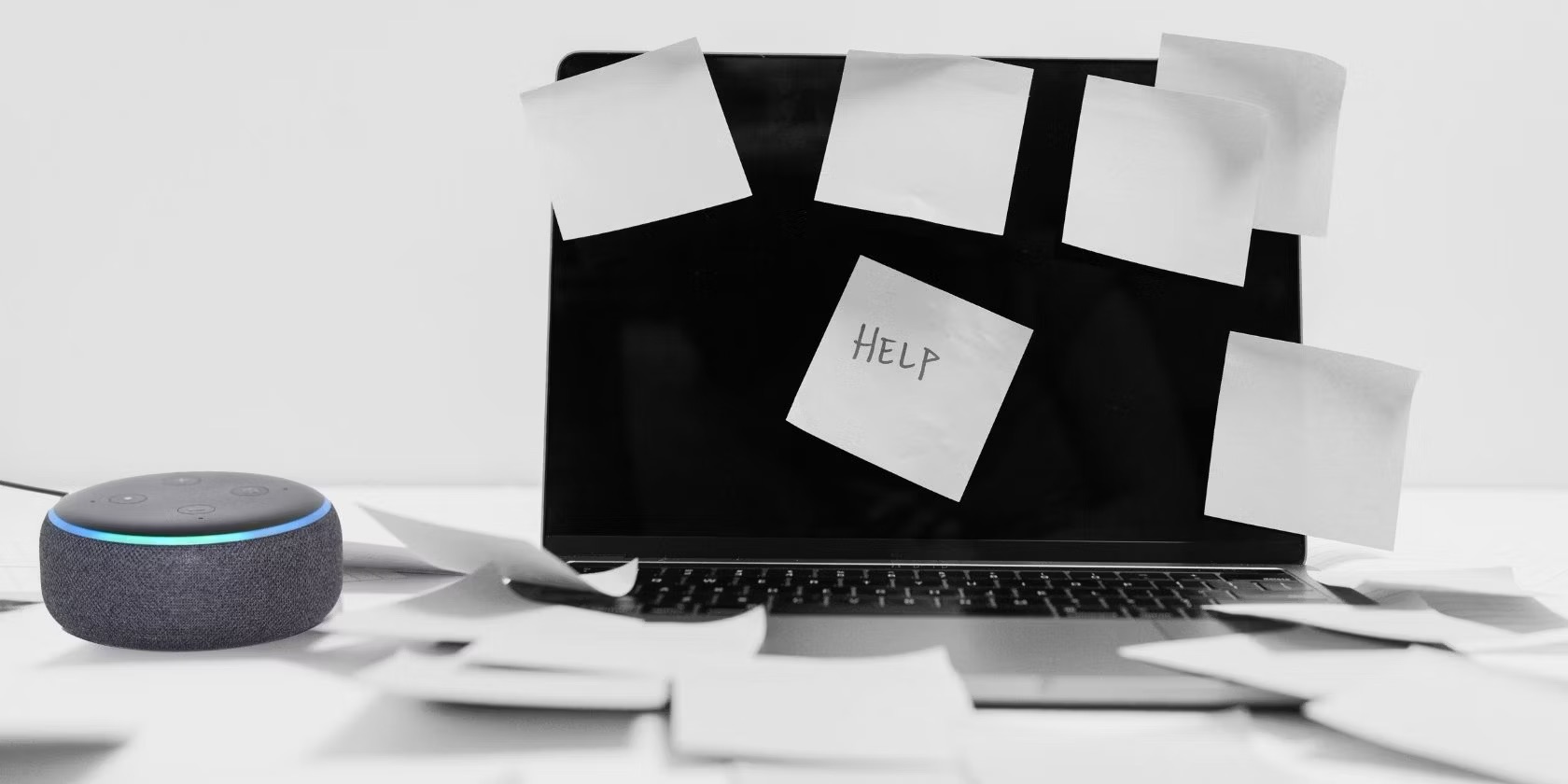
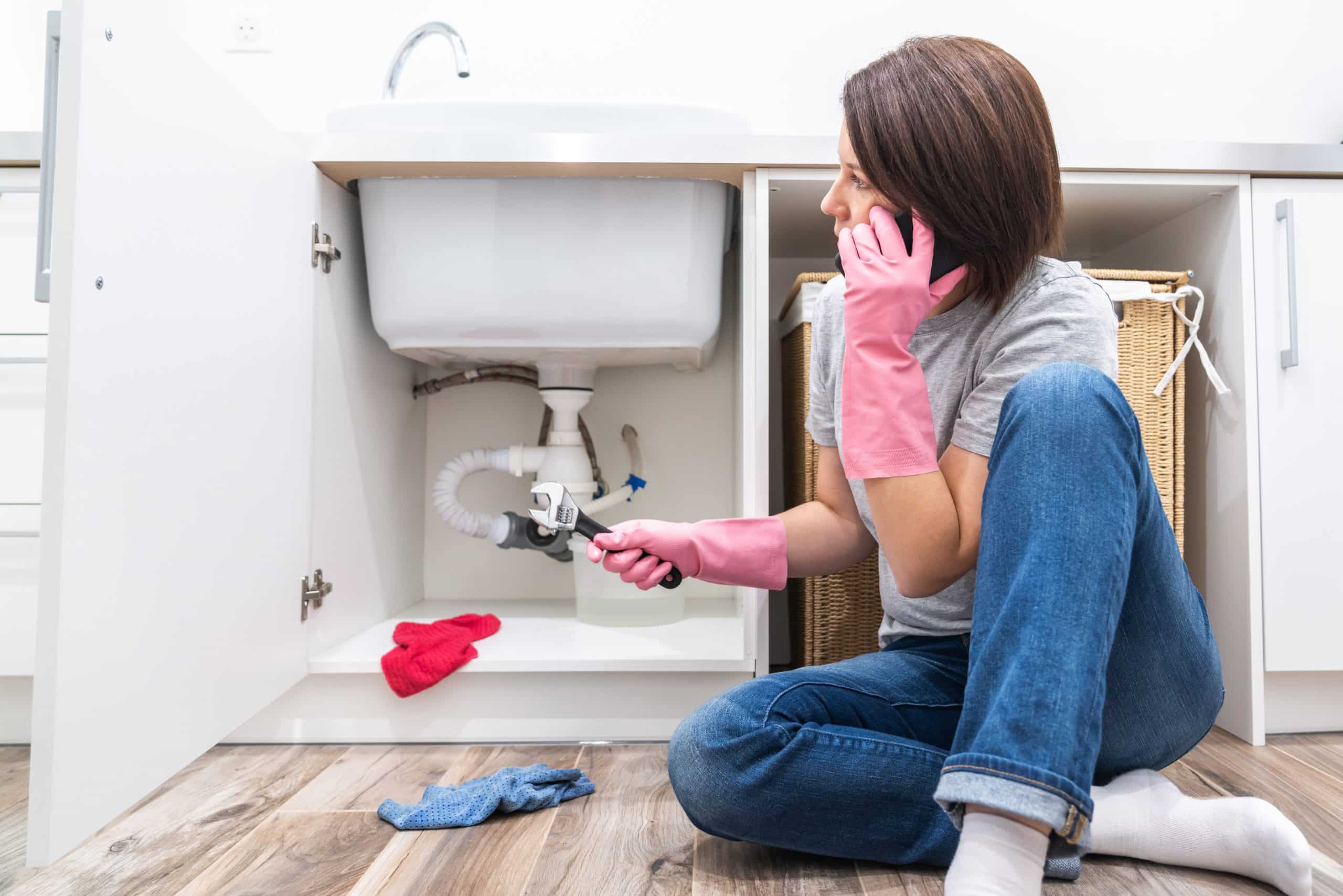
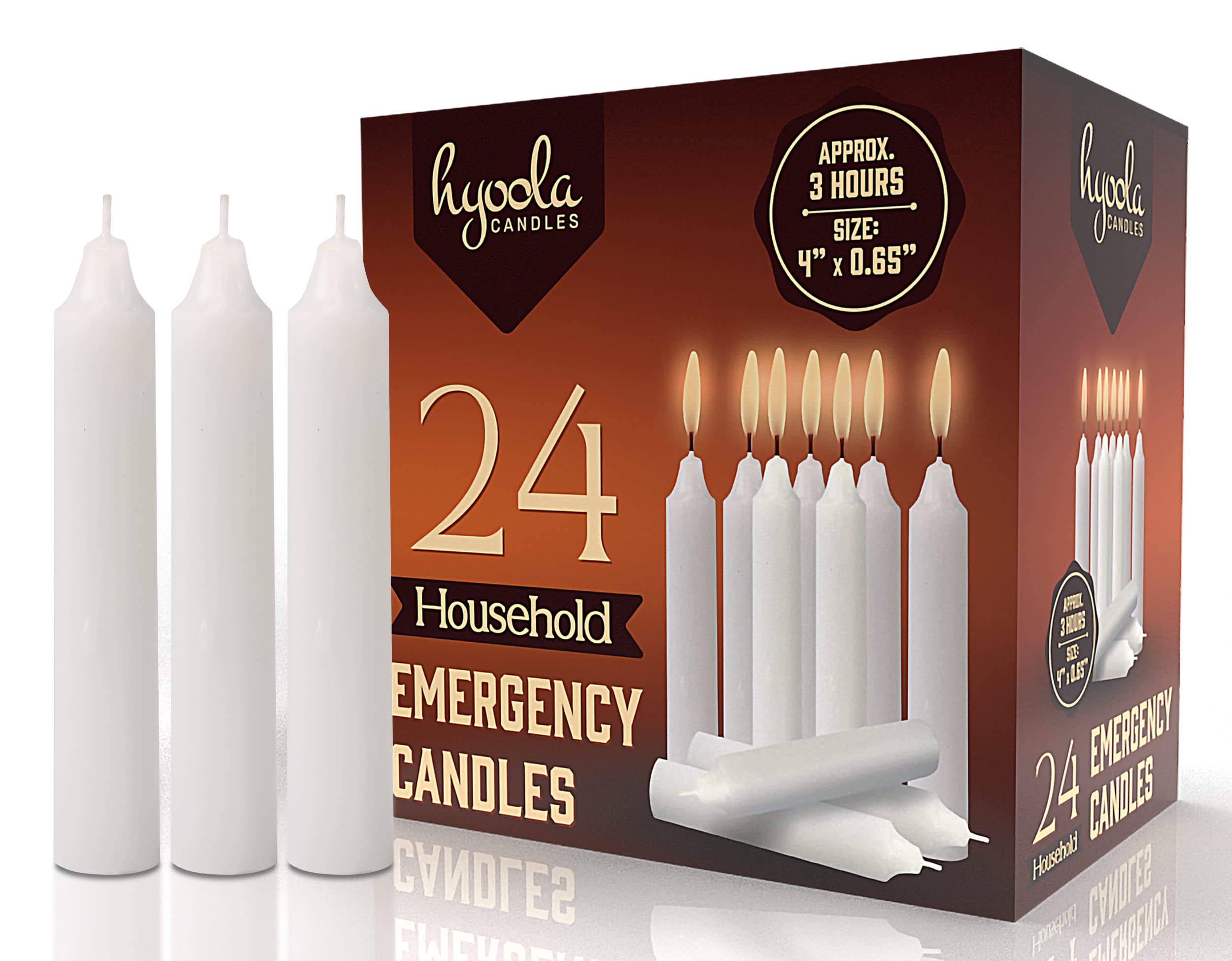
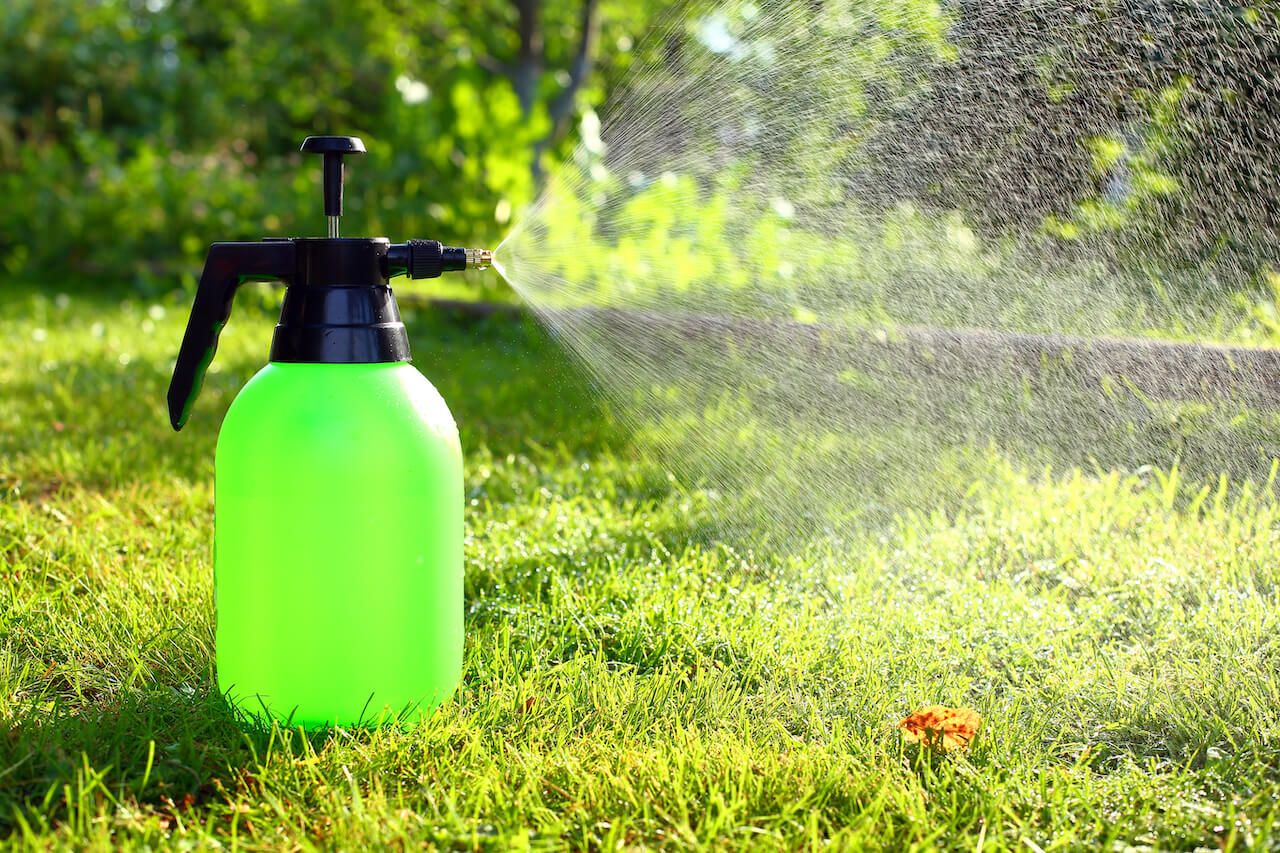
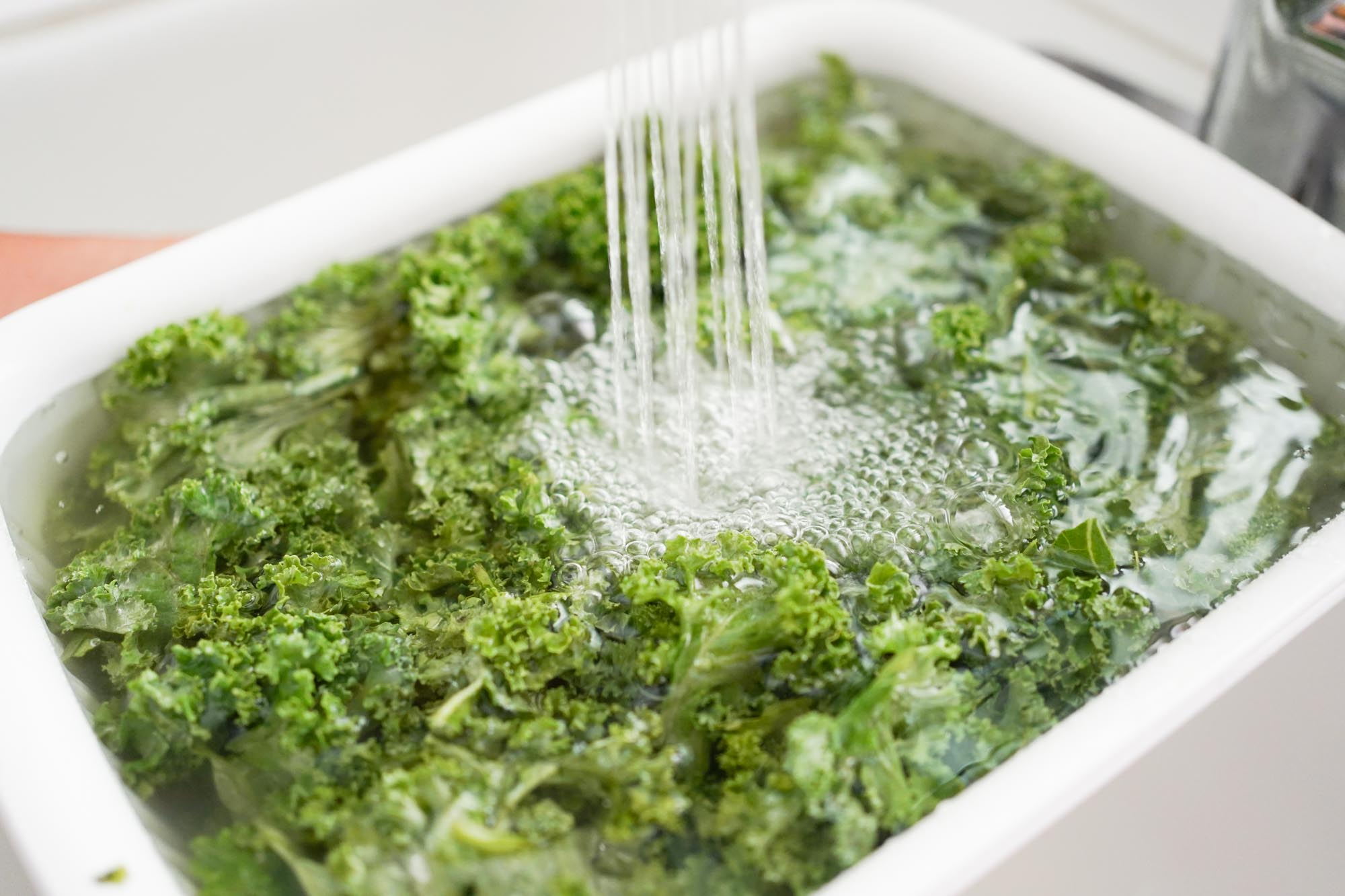
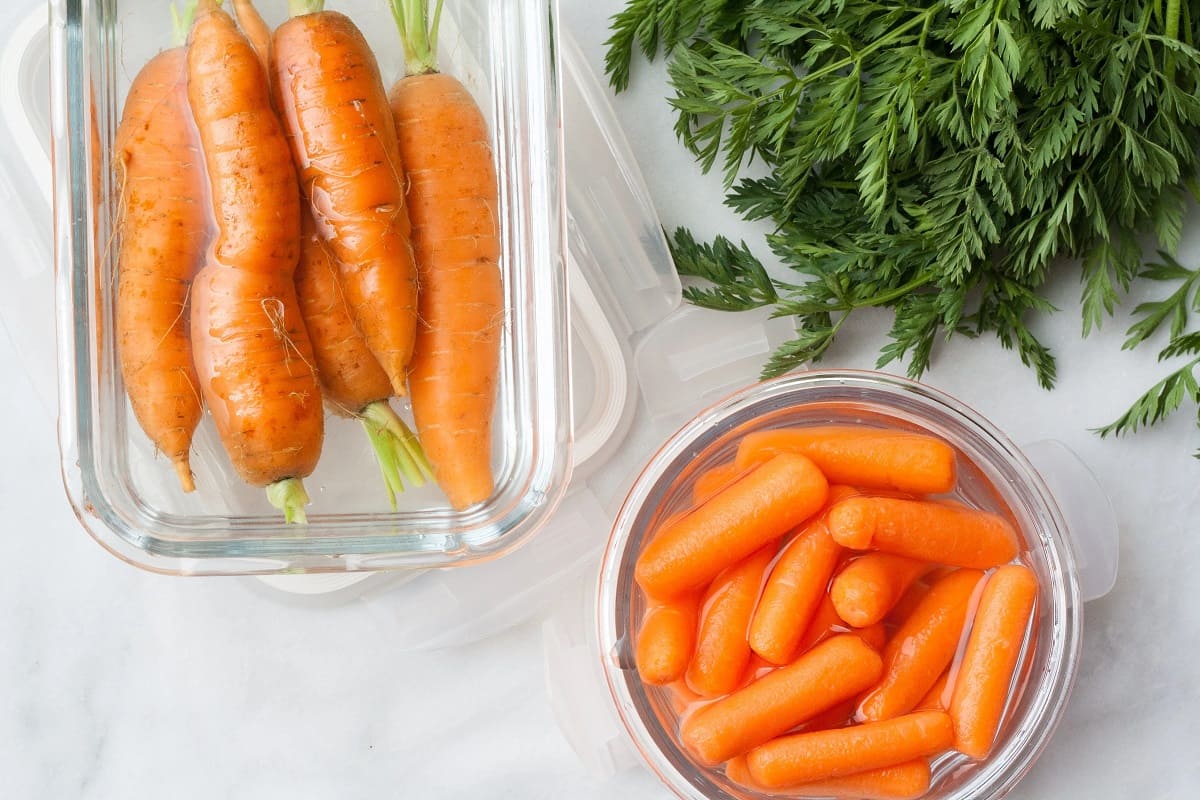
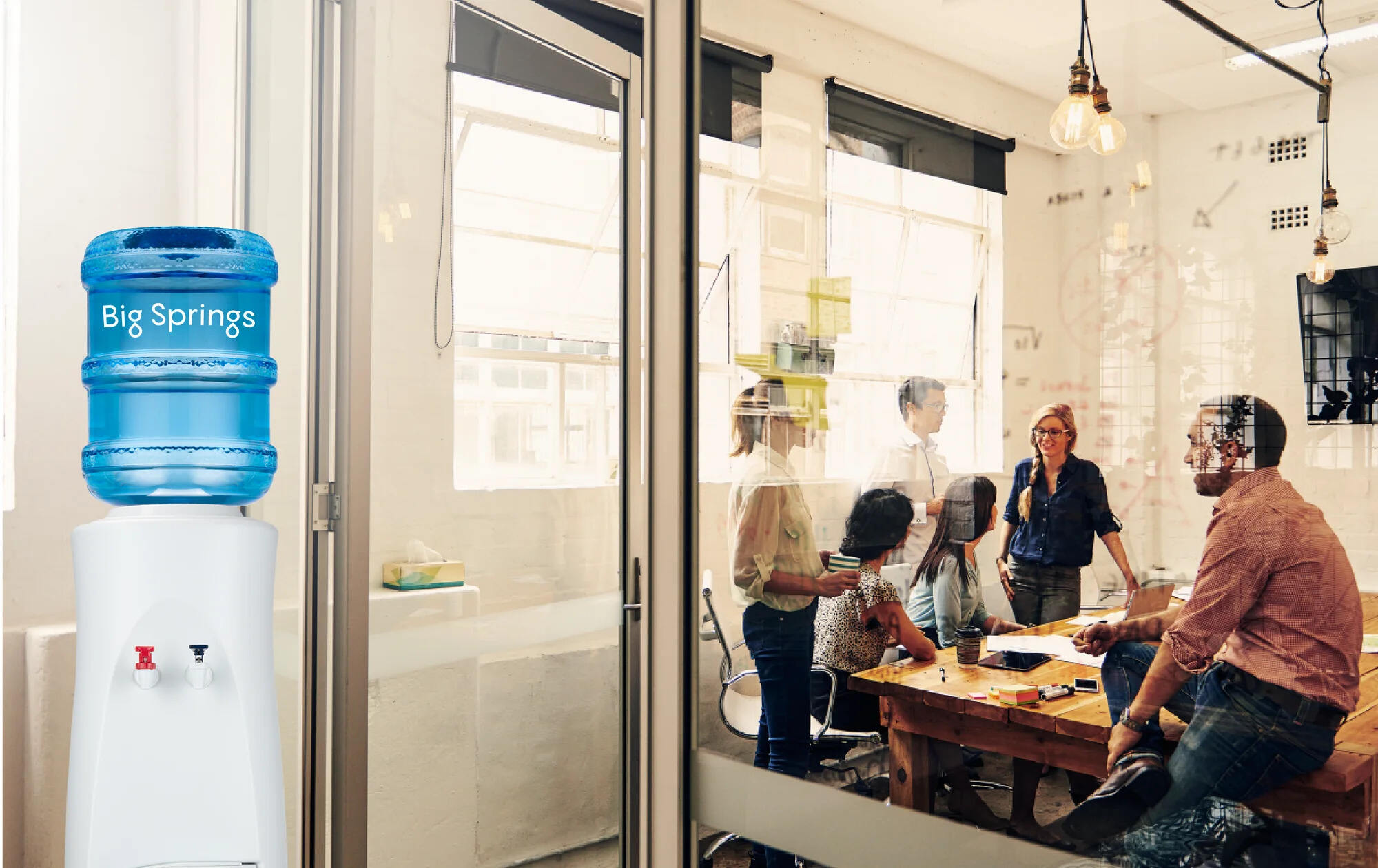
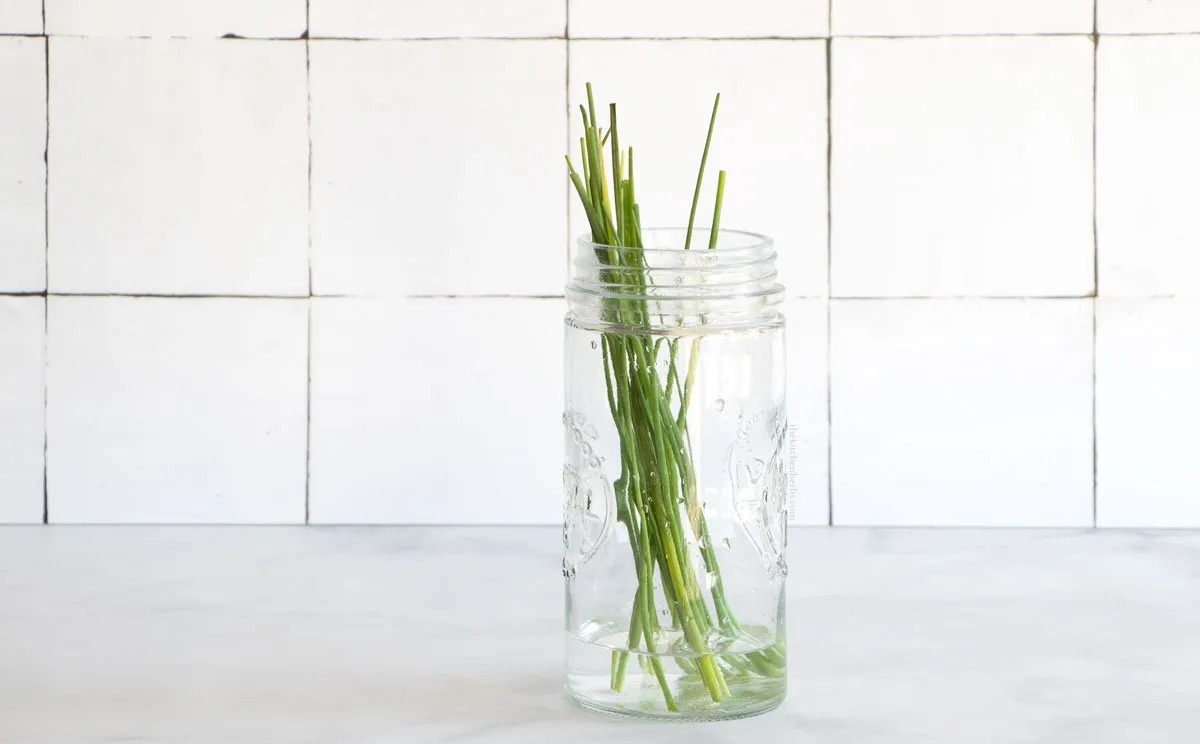
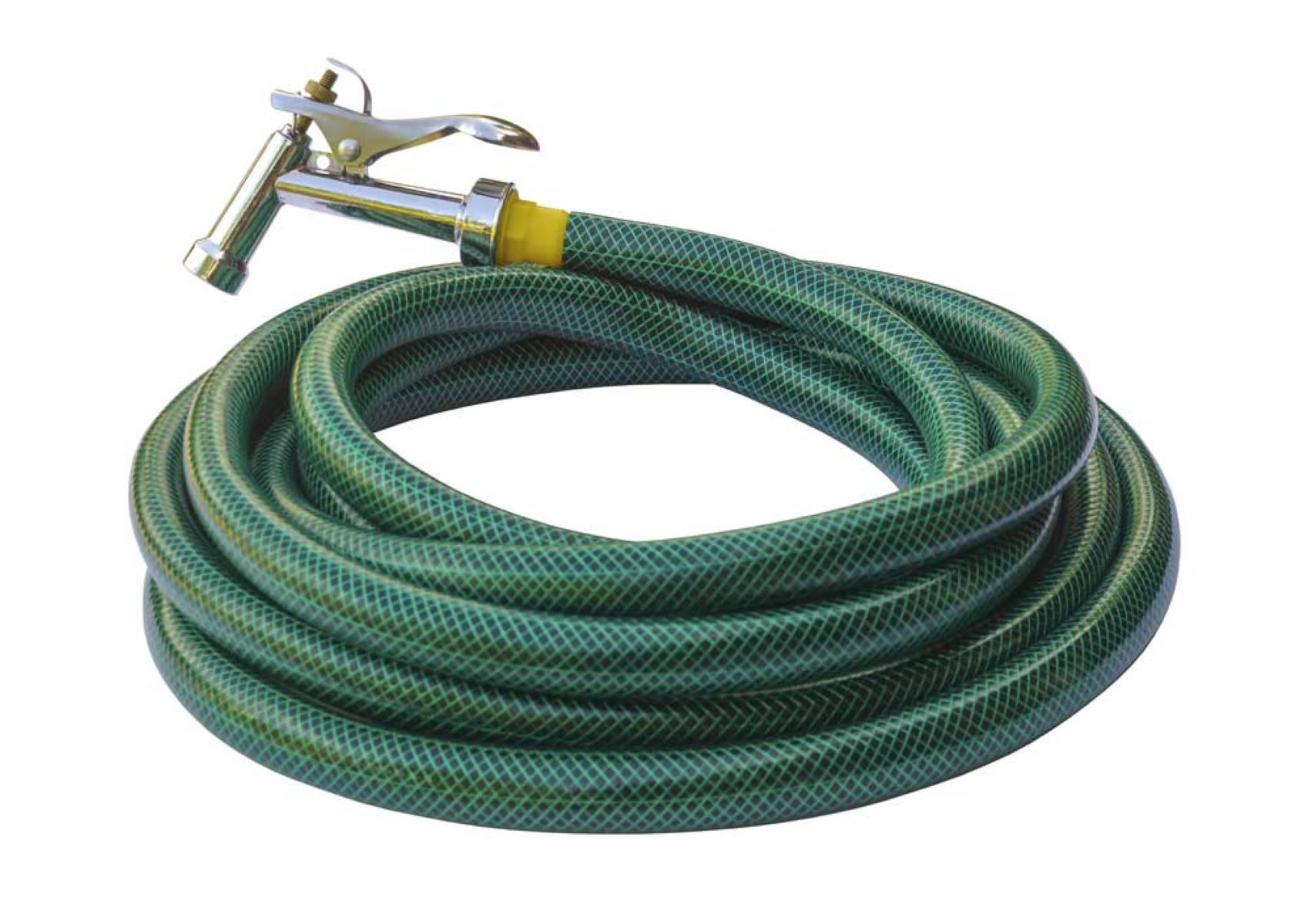
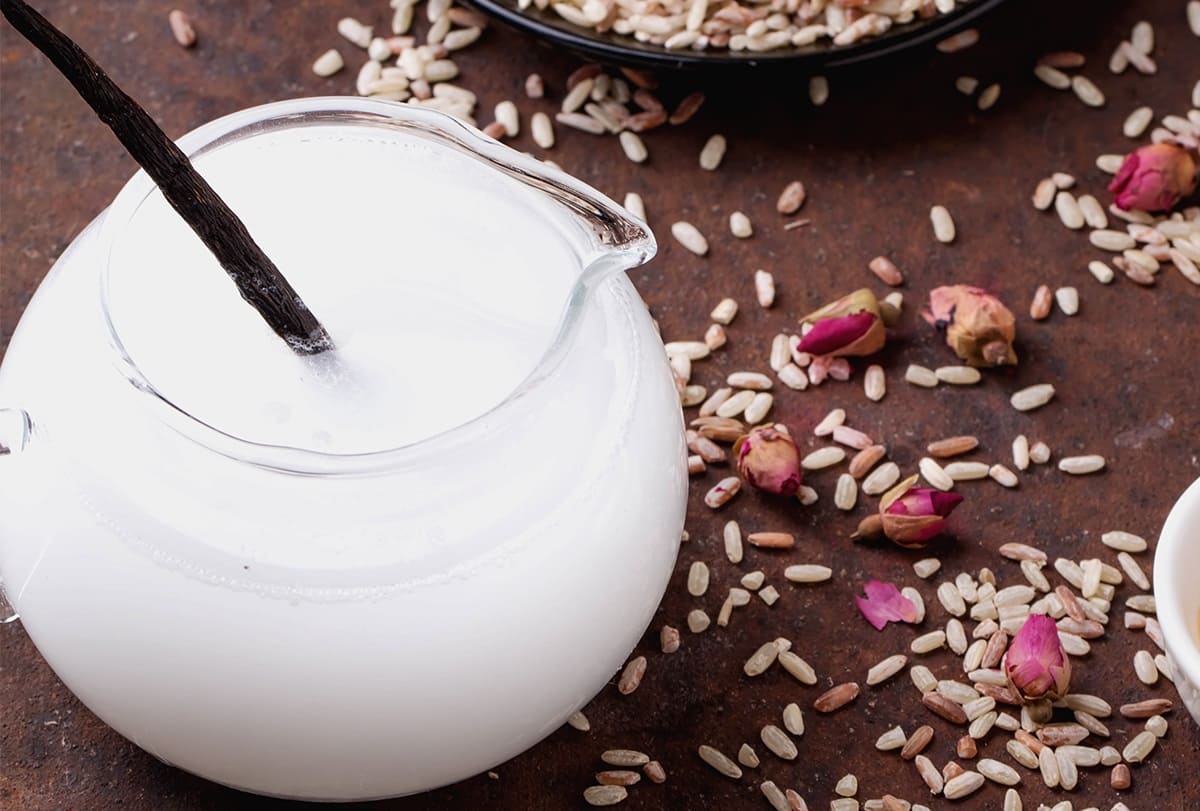


0 thoughts on “How To Store Water For Emergencies”